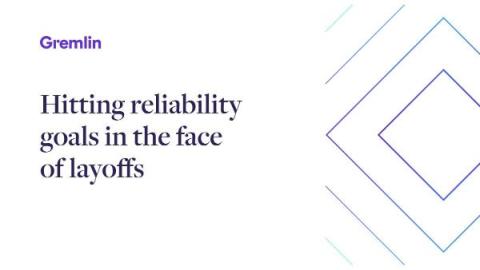Strategies for migrating to Kubernetes
Migrating to a new platform can often feel like navigating a maze of technical challenges, especially when the platform is as complex as Kubernetes. Kubernetes has a vast number of features designed to help with deploying and managing large applications, but learning how to use it effectively can be just as challenging as moving your workloads over. This doesn’t mean it’s impossible, of course, and there are several strategies for easing this process.











